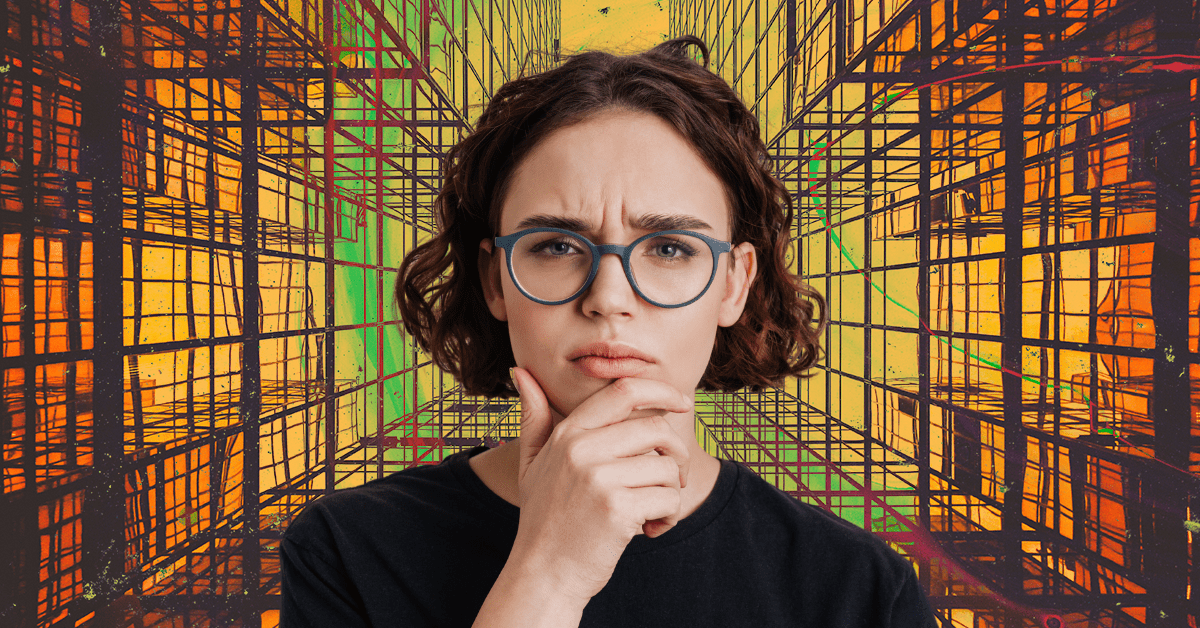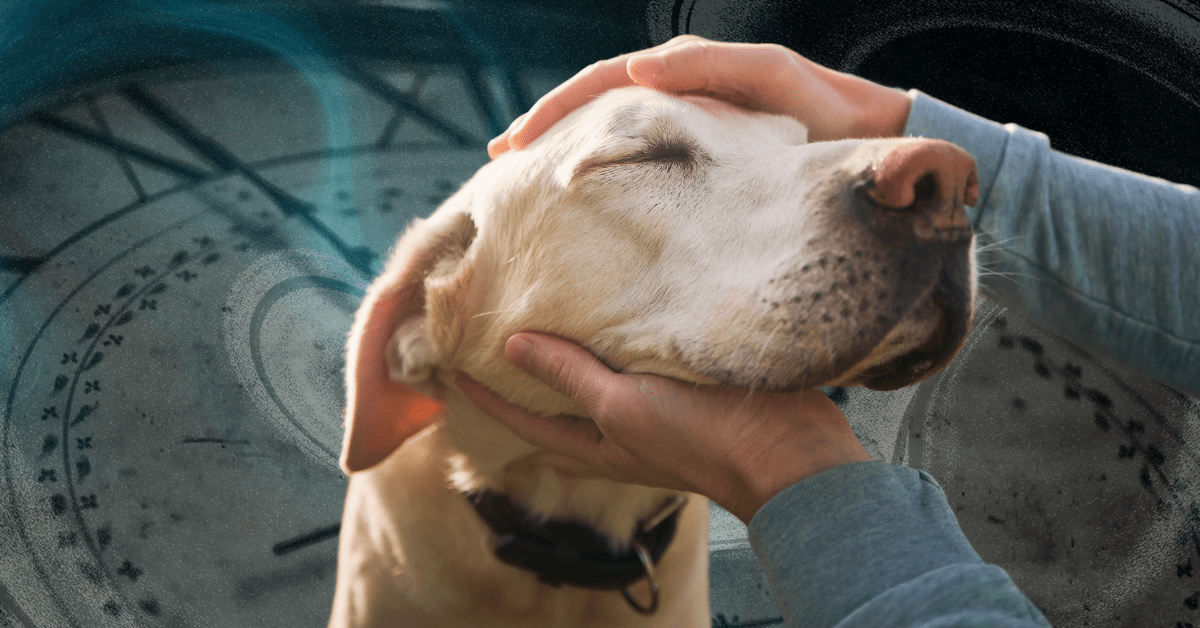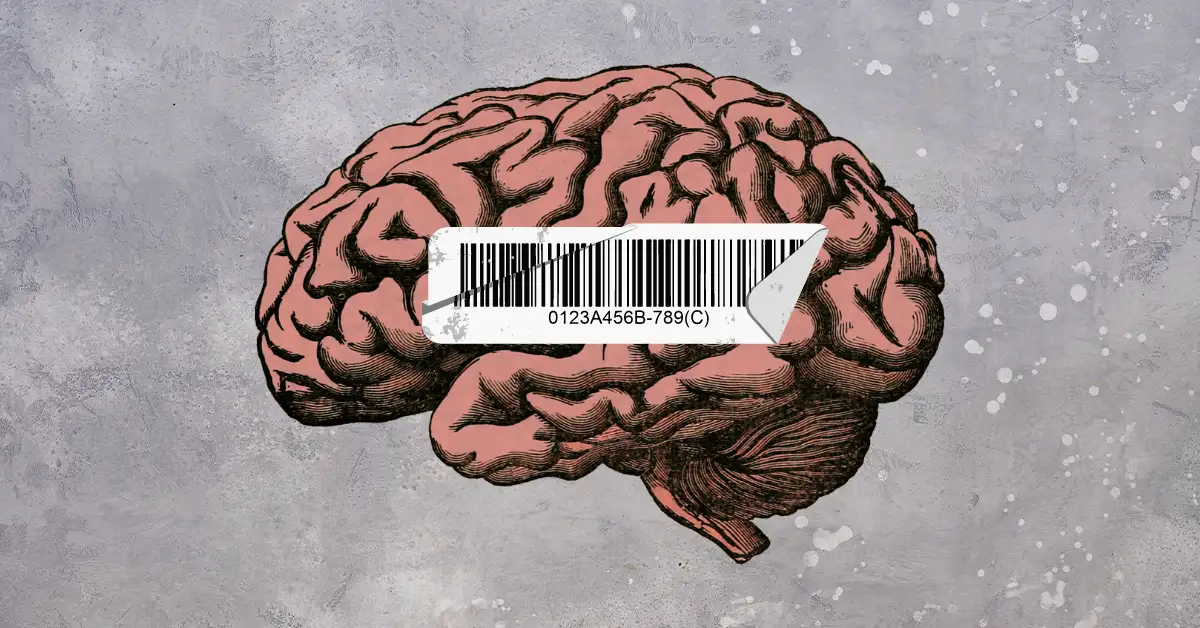What do you like about your favorite cafe? Plants, natural light, comfortable seats, a welcoming vibe?

Neuroaesthetics studies the way our brains respond to things like art, music, and other stimuli, which can be particularly useful in architecture and design.
“Buildings make us feel things all the time, both good and bad, that we don’t recognize,” Eric Corey Freed, director of sustainability at CannonDesign, told The Hustle.
So how do you make them feel good?
CannonDesign often works in health care settings, where people are frequently scared, stressed, or sick.
Studies have found that nature can reduce stress and improve immune system function and mood, among other benefits, while natural light affects serotonin.
That’s driving increased interest in biophilic design, which connects us to nature, even when we’re indoors.
- Examples include natural light, fountains, rooftop gardens, natural materials like wood or stone, patterns like fractals or curves, and nature-themed art.
- For rooms without sunlight, a rooftop fiber-optic system can “harvest” daylight and drop full-spectrum sunlight inside.
- Certain tones of light can help regulate circadian rhythms in night-shift workers.
- Aroma and color can enhance mood and appetite.
That’s not to say that a well-designed building itself will treat patients, but rather that it may boost positive outcomes — a concept known as evidence-based design.
Besides nature…
… there are other ways to enhance good vibes. Color, curves, and “compression” — a narrow entrance leading to an open space — can make people feel welcome in a way that boxy, cold, white lobbies don’t.
Alison Leonard, a senior health care programmer at Blue Cottage of CannonDesign, notes that choice — even as simple as seating in waiting rooms or at bus stops — can give people “a sense of control over their environment, and [put] them at ease.”
More broadly…
… these elements also apply to schools, offices, and how buildings fit into their cities and communities through street-facing art, landscaping, and public events — e.g., farmers markets, health screenings, etc.
So, if you’re feeling stressed at home, maybe get a plant?
Fun fact: Google once partnered with Johns Hopkins University on a neuroaesthetic design exhibit in Milan.
Healthcare











